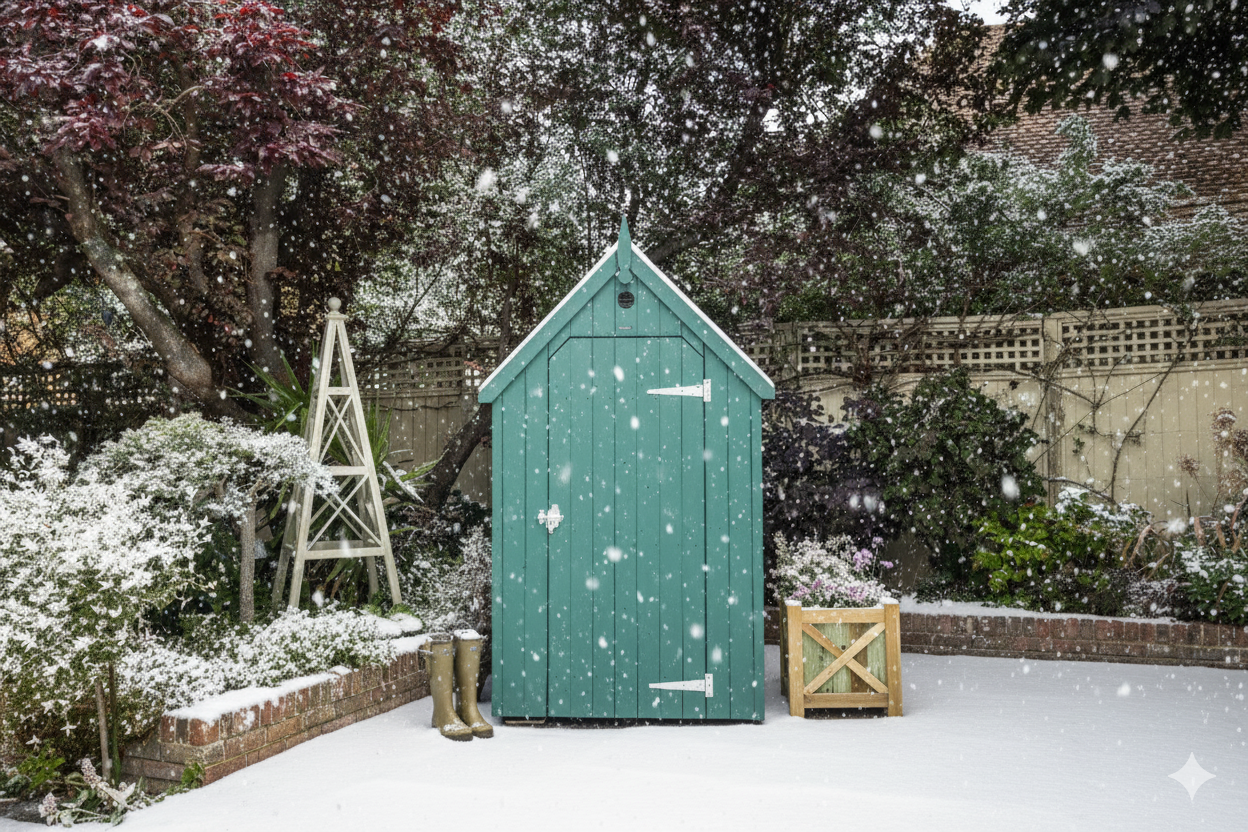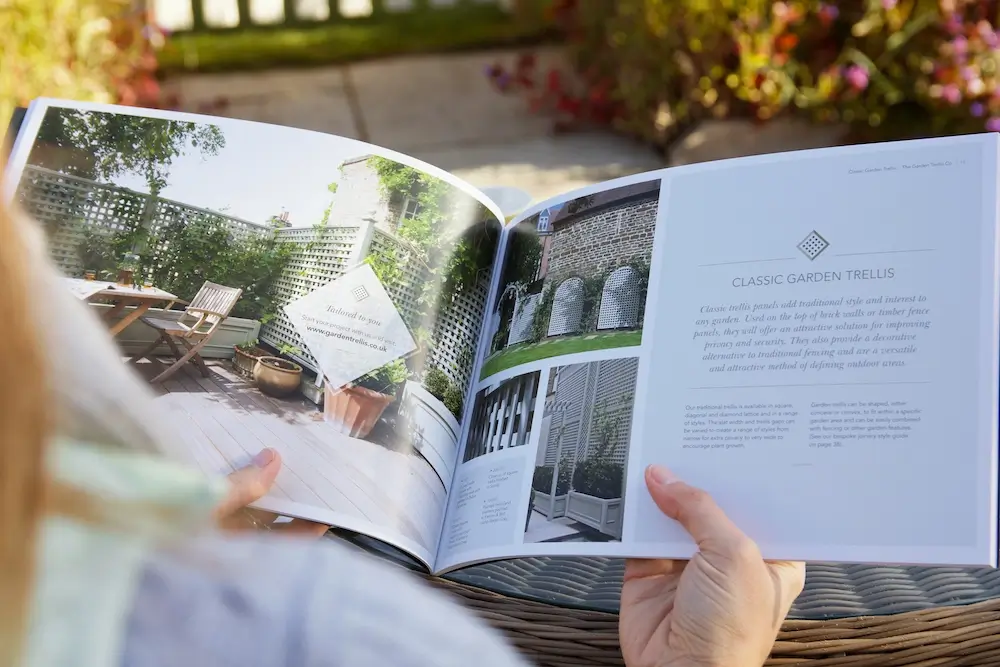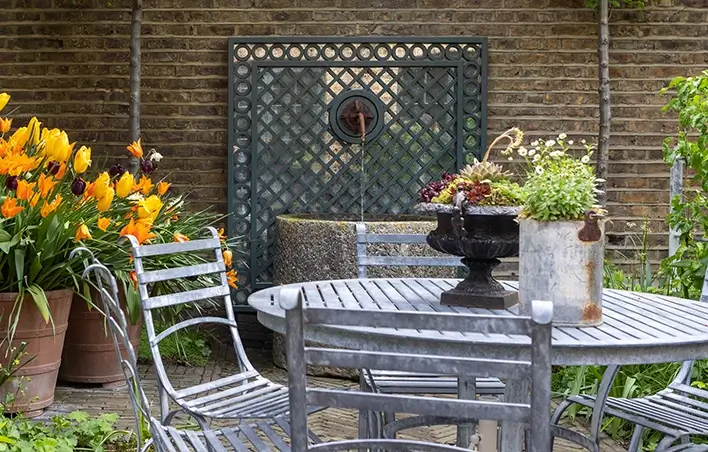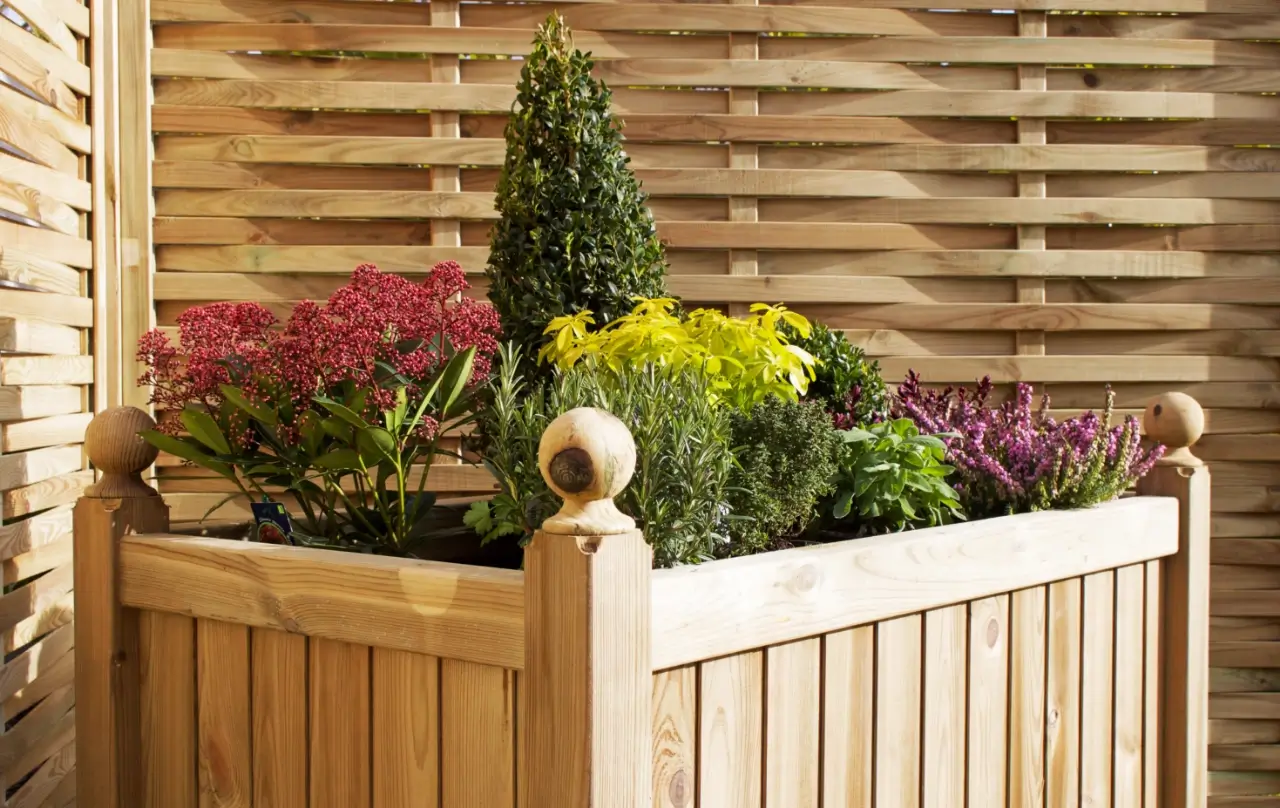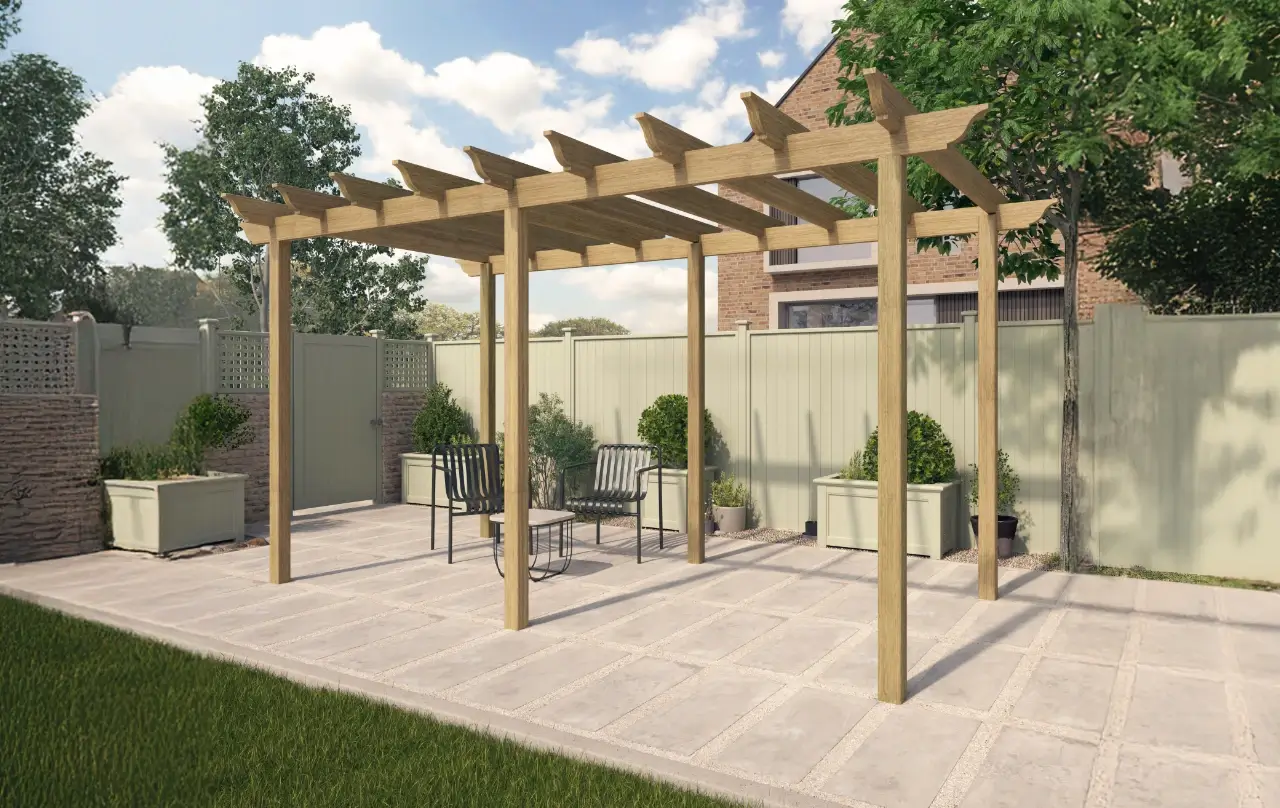Your basket is currently empty!
Sustainable Gardening: Embracing Rainwater Collection

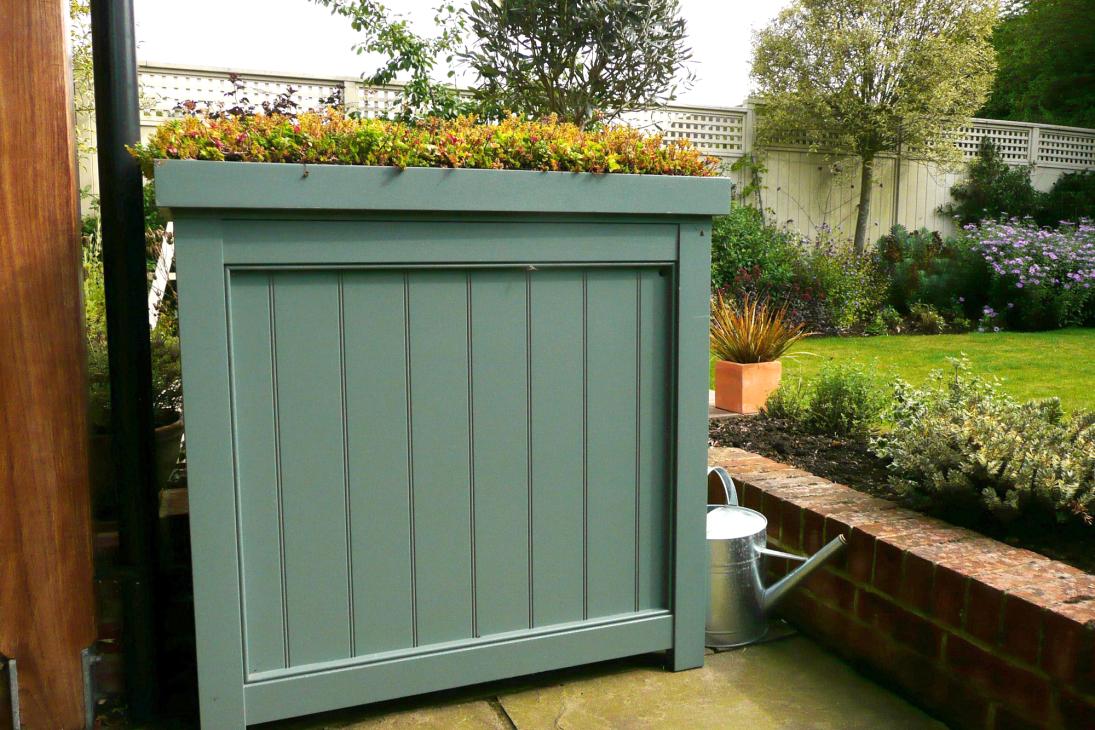
In a world where the effects of climate change are increasingly tangible, embracing sustainable practices in every aspect of our lives is becoming an urgent priority. Gardening, a popular hobby across the UK, is no exception to this rule. Sustainable gardening refers to a set of practices aimed at reducing the environmental impact of horticulture, promoting biodiversity and contributing positively to the ecosystem.
One key practice in sustainable gardening is the use of rainwater collection systems. Instead of relying solely on tap water, which can be both costly and environmentally detrimental, collecting rainwater offers an environmentally friendly and resource-efficient alternative. Plus, rainwater is typically better for plants than treated tap water.
A beautiful garden is not only about lush lawns, colourful flowers and dense foliage. It’s also about how these elements are arranged and how they interact with features such as trellis panels, planters, rose arches, weave panels, and picket fencing. These structures can be a stylish addition to your garden, and when used smartly, they can also contribute to your sustainable gardening efforts.
The Garden Trellis Company offers a wide range of these garden features, allowing you to create a truly bespoke outdoor space while also being kind to the environment.
In this article, we’ll dive deeper into the world of sustainable gardening with a special focus on rainwater collection. We’ll provide practical advice on how to set up a rainwater collection system, discuss how different garden elements can aid in this process, and showcase a case study where all these elements come together beautifully.
Ready to embark on this journey towards sustainable gardening? Let’s dive in!
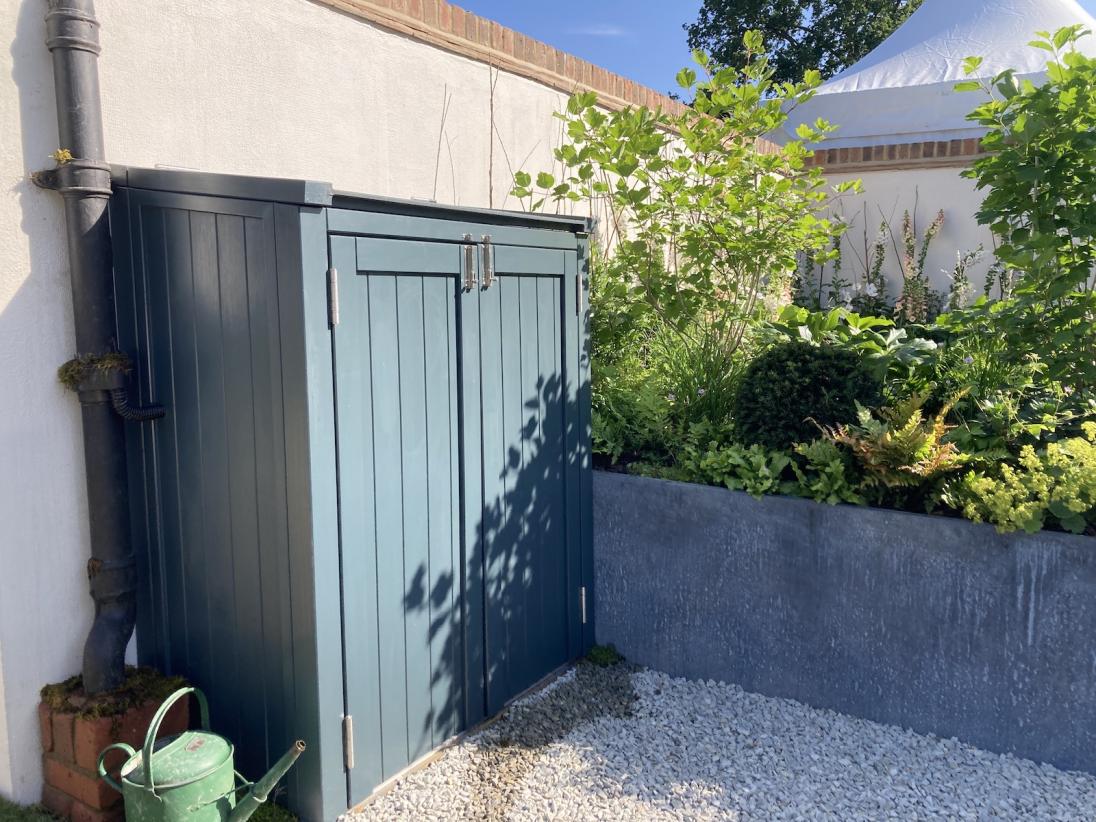
The Why and How of Rainwater Collection
Why Collect Rainwater?
Collecting and utilising rainwater is a cornerstone of sustainable gardening, offering multiple benefits:
- Environmental Preservation: Rainwater collection reduces reliance on treated tap water, thus conserving valuable freshwater resources. With water scarcity a real issue for many parts of the world, every litre saved matters.
- Beneficial for Plants: Rainwater is free of the chemicals found in tap water, such as chlorine and fluoride, which can inhibit plant growth. It is naturally soft water and the right pH for most plants, promoting healthier growth.
- Reduces Water Bills: If you have a large garden or allotment, water usage can contribute significantly to your utility bills. Rainwater collection can help to lower these costs.
- Flood Prevention: By capturing rainwater, you reduce the amount of runoff that can lead to erosion and flooding.
How to Set Up a Rainwater Collection System
Setting up a rainwater collection system can be simpler than you might think:
- Identify Collection Points: Roofs are ideal for catching rainwater. Calculate the roof area to estimate potential water collection volumes.
- Install Rainwater Barrels or Tanks: These come in various sizes to suit different needs. Position them under downpipes for efficient collection.
- Ensure Water Quality: Cover barrels to prevent debris and insects from contaminating the water. If you plan to use the water for edible plants, consider a filtration system.
- Plan for Overflow: Establish an overflow system that directs excess water away from your home’s foundation.
- Distribute the Water: Use a spigot or pump to distribute collected water to your garden. Gravity-fed drip irrigation systems can be a good option.
Essential Considerations for Rainwater Collection in Sustainable Gardening
Once you’ve made the decision to incorporate rainwater collection into your garden design, there are several key factors you should consider to ensure the success of your project.
1. Local Regulations
Before you start, be sure to check if there are any local regulations regarding rainwater collection in your area. While rainwater collection is encouraged in many parts of the UK, some restrictions may apply depending on your locality.
2. Rainwater Collection System Size
Consider how much rainwater you can realistically collect. This depends on the rainfall in your area and the size of your roof or collection surface. To determine how much rainwater can be collected, multiply the average rainfall (in mm) for your local area by the surface area (in metres squared). This number will give you an estimate of the number of litres of water you may expect to collect.
3. Water Storage
The capacity of your storage tanks should correlate with your collection possibilities and the water needs of your garden. Large gardens or those with thirsty plants might require larger storage tanks.
4. Water Quality
Rainwater collected from roofs or other structures may contain contaminants. While generally safe for watering plants, consider a filtration system if you plan to use the water for edible crops.
5. System Maintenance
Regular maintenance of your rainwater collection system is essential to ensure its effectiveness and longevity. This includes cleaning gutters, checking for leaks, and cleaning the storage tanks periodically.
Remember, the success of your rainwater collection efforts largely depends on your planning and the appropriateness of your system design to your specific circumstances.
Implementing Rainwater Collection in Garden Design
Incorporating a rainwater collection system into your garden design requires careful planning and a keen eye for aesthetics. You want the system to be effective, but it should also blend seamlessly into your garden. Here are some ways to incorporate rainwater collection into your garden design.
1. Rainwater Collection Tanks
While rainwater collection tanks are the most obvious components of a rainwater collection system, they don’t have to be an eyesore. Tanks can be concealed behind weave panels, giving a rustic touch to your garden. Check out The Garden Trellis Company’s selection of weave panels for inspiration.
2. Water Butts
Water butts are smaller containers that collect rainwater. These can be integrated into your garden design and can even serve as a focal point. At Garden Trellis we can create bespoke water butts to your requirement.
3. Rain Gardens
Rain gardens are areas in your garden designed to collect runoff rainwater. They can be planted with native plants that thrive in wet conditions.
4. Integrating Collection Systems into Garden Structures
Rainwater collection systems can be integrated into other garden structures. For instance, a garden trellis or a rose arch could be designed to direct rainwater into a storage system. Have a look at these fantastic rose arches and arbours and trellis panels from The Garden Trellis Company, which could be adapted for rainwater collection.
By integrating your rainwater collection system into your garden design, you can create a functional and beautiful garden space that is sustainable and eco-friendly.
Pros and Cons of Rainwater Collection
Like any system, rainwater collection comes with its pros and cons. Let’s delve into the advantages and disadvantages of implementing this sustainable gardening practice.
Pros
- Sustainability: Rainwater collection helps conserve water, a finite natural resource. It allows gardeners to reduce their reliance on municipal water sources and helps combat water scarcity.
- Water Quality: Rainwater is naturally soft, free from certain chemicals found in tap water, and often preferred for irrigation. It’s beneficial to plants and can contribute to healthier, more vibrant gardens.
- Reduces Soil Erosion: Collecting rainwater reduces the speed at which water hits the ground, preventing soil erosion and runoff. It helps maintain the integrity of your garden design and sustains the health of your plants.
- Cost-Efficiency: Collecting and using rainwater can reduce your water bills, particularly in the summer months when garden watering needs are higher.
Cons
- Dependent on Rainfall: The efficiency of a rainwater collection system is dependent on the amount of rainfall your area receives. In periods of drought or low rainfall, you may need to supplement with other water sources.
- Storage Limitations: The amount of rainwater you can store is limited to the size of your collection containers. You may need to invest in larger tanks or additional storage solutions if you have a large garden.
- Maintenance: Rainwater collection systems require regular maintenance to prevent blockages and ensure water quality. This includes cleaning gutters, checking filters, and ensuring tanks are sealed to prevent mosquito breeding.
- Initial Setup Cost: While a rainwater collection system can save money in the long run, the initial setup cost can be a deterrent for some gardeners.
By weighing these pros and cons, you can make an informed decision about whether rainwater collection fits with your gardening needs and goals.
Rainwater Collection – An Essential Part of a Sustainable Garden Design
In conclusion, rainwater collection is not merely a trend, but an essential practice for every gardener who wishes to contribute positively to the environment. It embodies the true spirit of sustainable gardening, combining practicality, cost-efficiency, and environmental responsibility.
Whether you’re working with a grand garden featuring an array of rose arches and weave panels, or a cosy balcony dotted with potted plants in wooden planters, a rainwater collection system can be tailored to your needs.
As the garden design evolves, so does the ingenuity of gardeners in their quest to achieve sustainability. Rainwater collection is one piece of this intricate puzzle. It does not only aid in the conservation of a precious resource but also enhances the health and beauty of your garden. Moreover, it symbolises a commitment to mindful living, teaching us the value of every drop of water and the impact we can make on the world, right from our backyard.
The rise of sustainable gardening and the adoption of practices like rainwater collection give us hope for a greener future. It is through such practices that we redefine our relationship with nature, setting a precedent for future generations to follow. After all, every garden, regardless of its size, holds the potential to change the world.
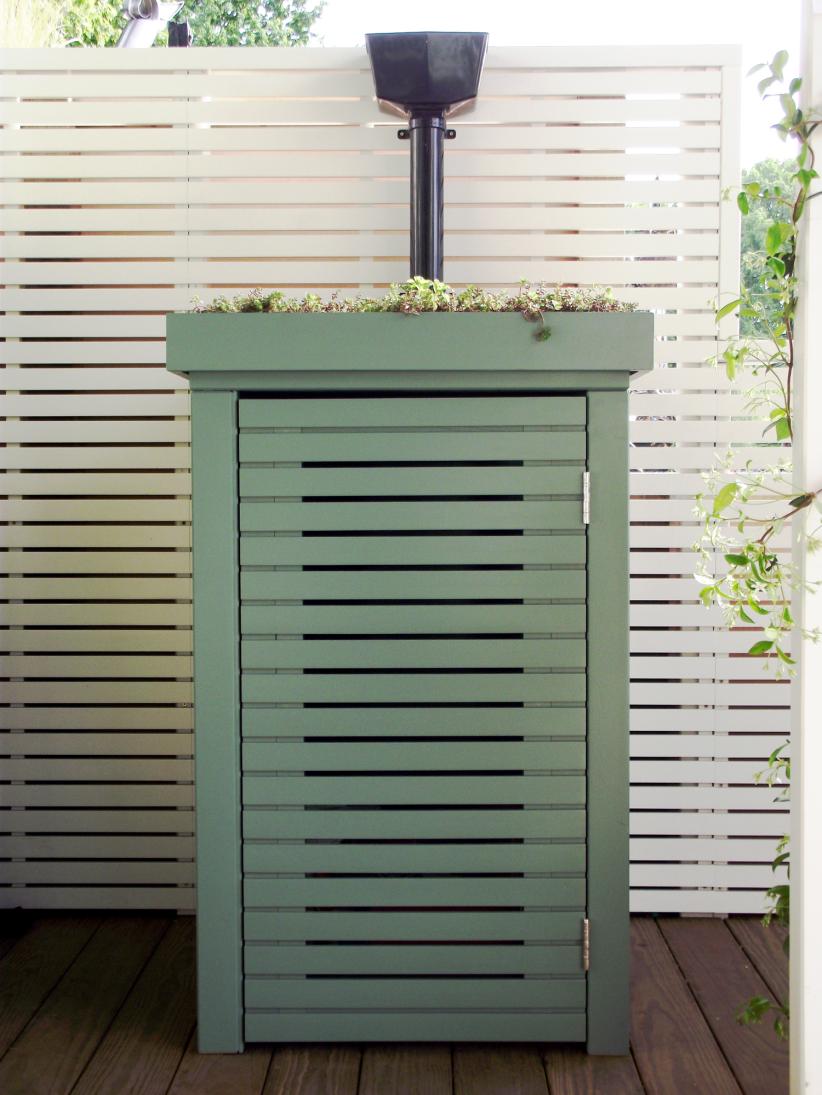
Summary
Sustainable gardening represents a commitment to our planet’s future, and rainwater collection is a key feature of this eco-conscious approach. The potential of every garden, regardless of its size or type, to contribute to the greener future is immense.
We started by understanding the concept of rainwater collection and its numerous benefits, including reduced water bills, improved plant health, and a lower carbon footprint. We then discussed the different methods of rainwater collection – rain barrels, rain gardens, and permeable surfaces. Each method has its unique advantages and can be implemented according to your garden’s needs and your personal preference.
Choosing the right collection system is essential for maximising rainwater use. Whether it’s a simple rain barrel or an elaborate underground cistern, your choice should align with your garden’s size and your household’s water demand. Rainwater harvesting is most effective when combined with water-conserving practices like mulching and drip irrigation.
Garden design plays a pivotal role in rainwater collection. Structures like garden trellis, wooden planters, rose arches, weave panels, and picket fencing not only add to the aesthetic appeal of your garden but can also aid in rainwater collection and usage.
Rainwater collection is not just a trend, it’s a necessity for every gardener wishing to practice sustainable gardening. It signifies a change in our relationship with nature, moving from exploitation to co-existence. Every garden, irrespective of its size, holds the potential to change the world.
This comprehensive guide to rainwater collection in sustainable gardening underscores the importance of rainwater collection for your garden’s health, your pocket, and the environment. The initial effort required to implement these practices is insignificant compared to the priceless rewards.
Looking for a custom waterbutt? Learn more about our bespoke service and get in touch for a quote >

